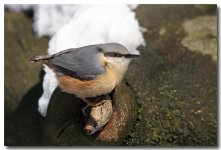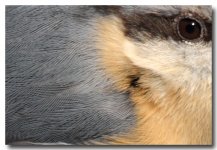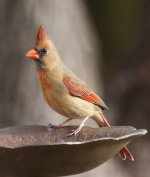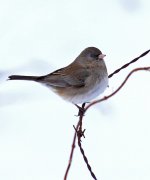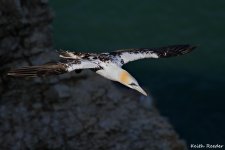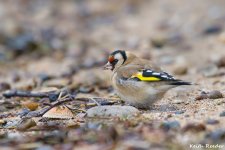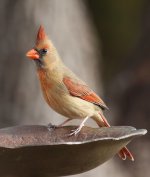JWellman
Member
Hi everyone,
This is my first post. I found this forum via Google when searching subjects such as, HOW TO USE THE CANON 100X400 LENS |=\|
A little history on me, I'm a novice shooter with an interest in bird photography (as a hobby). I have no desire to make money ... I just want to take decent photos.
I purchased my first SLR (50D) in May of 2010 and then bought the 100x400 lens in September. Since I've had no training in photography I have spent the last seven months attempting to teach myself. |=\|
The more I read and try with the 100x400 the more aggravated I get. No matter what I do the focus is off or they are not as sharp as I would like.
I'm not sure if anyone here can help me and I guess the main reason for my post is to pick the brains of photographers using this lens. For example, I was reading today on a forum how one fellow recommended 380mm for sharper images. He also uses F8 and higher.
My biggest problem is people give advice on bird photography but they are either not using this lens or they give advice on this lens but their photos look even worse than mine!
I've been practicing at the feeder, so nothing really to brag out, but here are a few.
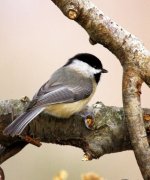
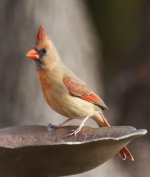
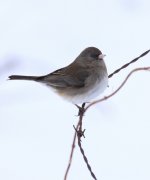
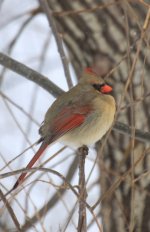
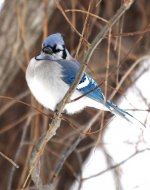
This is my first post. I found this forum via Google when searching subjects such as, HOW TO USE THE CANON 100X400 LENS |=\|
A little history on me, I'm a novice shooter with an interest in bird photography (as a hobby). I have no desire to make money ... I just want to take decent photos.
I purchased my first SLR (50D) in May of 2010 and then bought the 100x400 lens in September. Since I've had no training in photography I have spent the last seven months attempting to teach myself. |=\|
The more I read and try with the 100x400 the more aggravated I get. No matter what I do the focus is off or they are not as sharp as I would like.
I'm not sure if anyone here can help me and I guess the main reason for my post is to pick the brains of photographers using this lens. For example, I was reading today on a forum how one fellow recommended 380mm for sharper images. He also uses F8 and higher.
My biggest problem is people give advice on bird photography but they are either not using this lens or they give advice on this lens but their photos look even worse than mine!
I've been practicing at the feeder, so nothing really to brag out, but here are a few.









